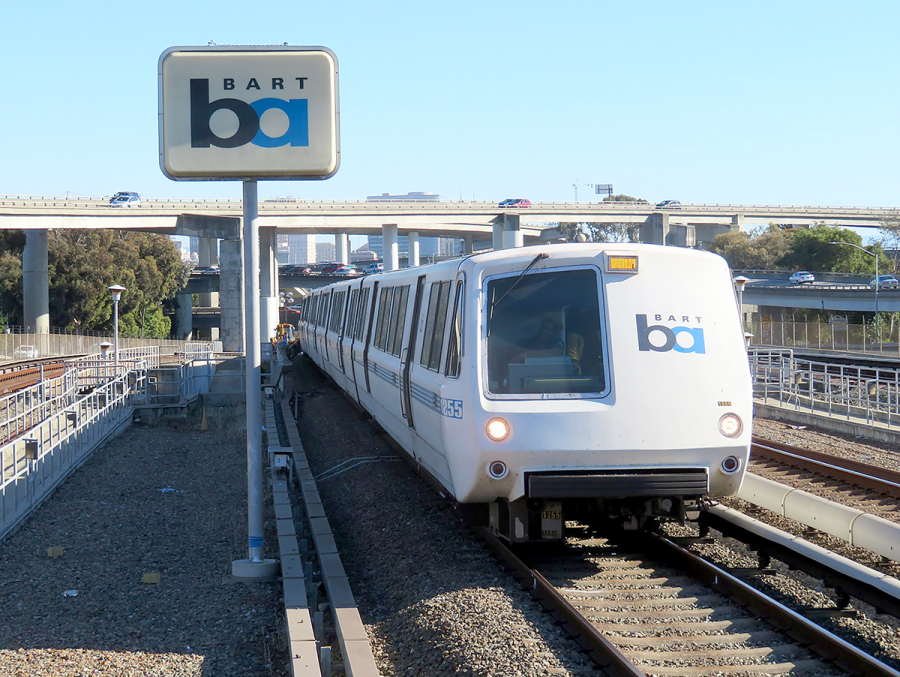BART fares set to increase in 2020
July 11, 2019
The Bay Area Rapid Transit, or BART, has been a staple of Bay Area transportation since its opening on September 11, 1972. The silver and blue cars screeching down the tracks is as well known to the Bay Area as Mac Dre or Oakland’s murals. But if there was anything BART has been known for, is its ticket pricing.
BART fares may be increasing in 2020 after the train system announced a new program that will calculate fare fees based on national and local inflation.
Fares will be increased by a below-inflation factor of 5.4 percent every two years under BART’s Productivity Adjusted Inflation-Based Fare Increase Program.
The increases are calculated by taking the average of national and Bay Area inflation rates over the span of two years and then subtracting one-half percent of the fare revenue for BART productivity improvements.
BART’s program includes buying new rail cars with revenue from the increases, and the Principal Planner at BART, Charlotte Barham, plans to increase their fares to help the District avoid the cycle of keeping fares flat.
“On June 13, 2019, the BART Board approved extending the Productivity-Adjusted Inflation-Based Fare Increase Program for scheduled below-inflation fare increases in 2022, 2024, and 2026,” Barham said. “The values of these increases will be calculated once actual inflation data is available.”
The plan is for the additional revenue created from the fare increases to fund various improvements to BART in the coming years.
“The revenue from these increases will go to help fund operation of enhanced service and a portion of BART’s Transbay Corridor Core Capacity Project which includes replacement of BART’s original train control system, procurement of new rail cars, expansion of rail car storage facilities, and new traction power infrastructure,” Barham said.
With fixed gaps in increases every two years, BART hopes to learn from the past, which included large fare increases and decreased revenue.
“Before the Program, dating from 1972-2005, fare increases were irregular, generally large, and due to the long gaps between increases, revenue eroded,” Barham said. “Under the Program, planned small, regular increases have produced predictable less-than-inflation adjustments, which are consistent with the District’s Financial Stability Policy.”
By Board policy, all fare revenue from the 5.4 percent increase will go to help fund BART’s high-priority capital projects: new rail cars, a new automated train control system, and the Hayward Maintenance Complex. However, some riders are not happy with the planned increase in fare prices.
“It’s pretty disappointing the fares will increase, the fare price is already pretty expensive. I have no care for new rail cars,” Sayra Lainez, a BART rider who commutes from Oakland’s Coliseum station to San Bruno station five to six days out of the week said.
Lainez said, “I spend $11.50 round trip, that’s almost $70 a week spent on just a weeks commute.”
A BART rider who would like to go by the alias of Bill, said they depend on the system to go to work from the Richmond station to the station located on 24th in San Francisco.
“Round trip for me is about $12 and I’m making the travel five times a week for work,” Bill said. “There might not be much of a difference if I were to actually drive myself to work.”
Increase in BART fare effective January 1, 2020.
















